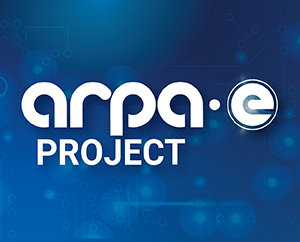Biofuels from Bacteria, Electricity, and CO2

Technology Description:
Columbia University is using carbon dioxide (CO2) from ambient air, ammonia—an abundant and affordable chemical—and a bacteria called N. europaea to produce liquid fuel. The Columbia University team is feeding the ammonia and CO2 into an engineered tank where the bacteria live. The bacteria capture the energy from ammonia and then use that energy to convert CO2 into a liquid fuel. When the bacteria use up all the ammonia, renewable electricity can regenerate it and pump it back into the system—creating a continuous fuel-creation cycle. In addition, Columbia University is also working with the bacteria A. ferrooxidans to capture and use energy from ferrous iron to produce liquid fuels from CO2.
Potential Impact:
If successful, Columbia University would create a liquid transportation fuel that is cost competitive with traditional gasoline-based fuels and 10 times more efficient than existing biofuels.
Security:
Cost-competitive electrofuels would help reduce U.S. dependence on imported oil and increase the nation's energy security.
Environment:
Widespread use of electrofuels would help limit greenhouse gas emissions and reduce demands for land, water, and fertilizer traditionally required to produce biofuels.
Economy:
A domestic electrofuels industry could contribute tens of billions of dollars to the nation's economy. Widespread use of electrofuels could also help stabilize gasoline prices—saving drivers money at the pump.
Contact
ARPA-E Program Director:
Dr. Eric Rohlfing
Project Contact:
Prof. Scott Banta
Press and General Inquiries Email:
ARPA-E-Comms@hq.doe.gov
Project Contact Email:
sbanta@columbia.edu
Related Projects
Release Date:
02/07/2009
